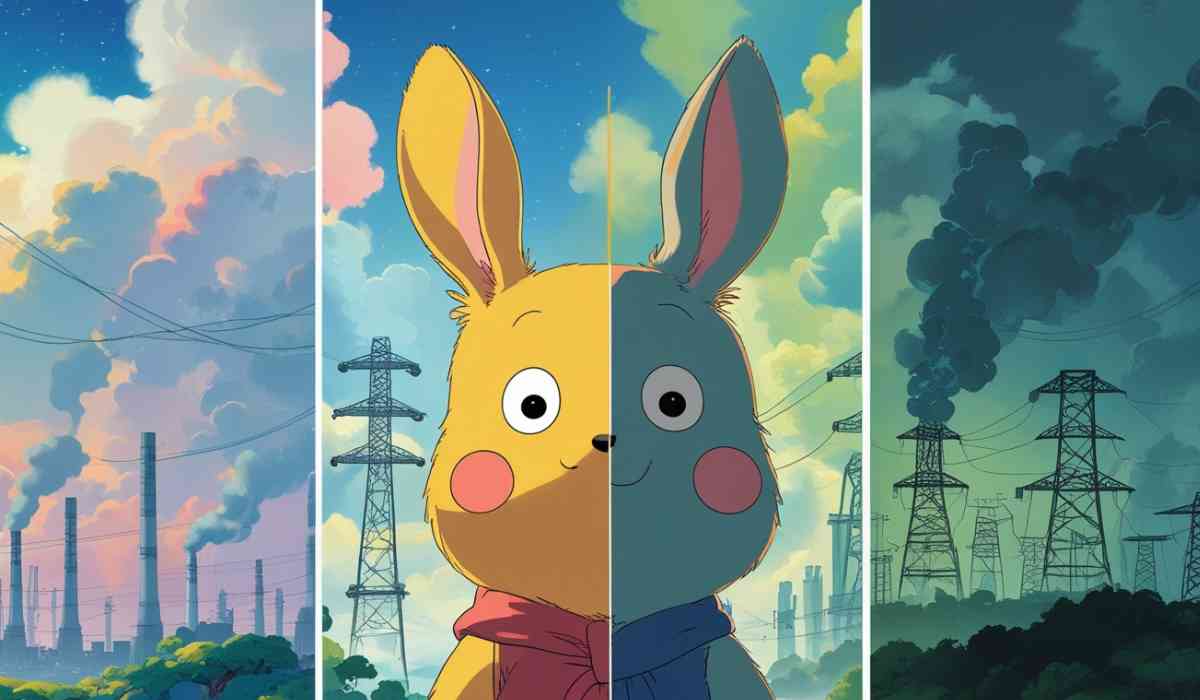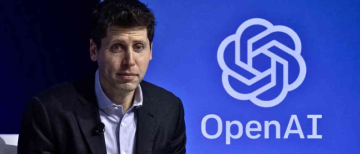In the realm of technology, a new fad's been sweeping everyone off their feet: "Ghiblification." This lighthearted name for the viral phenomenon of creating images and artwork in the style of Studio Ghibli, the iconic Japanese animation studio, using artificial intelligence (AI) is what everyone's chatting about. While millions of fans are enjoying creating their own Ghibli-style portraits and posting them online, there's a lesser-discussed side to this trend—its effect on our planet.
The Emergence of Ghiblification and AI Popularity

When OpenAI’s ChatGPT rolled out its Ghibli-style image generator, people couldn’t get enough. The feature went viral, leading to a record surge in users and even causing temporary slowdowns as servers struggled to keep up. For many, it was exciting to see AI turn simple prompts into beautiful, whimsical artworks that looked like they came straight out of a Ghibli film. But behind the scenes, something much bigger was happening.
The Hidden Cost: Energy and Emissions
Each time a person uses AI to create a Ghibli-type image, a lot of computer power is required. The images are produced in huge data centers with many high-powered graphics cards (GPUs) that consume a lot of power and generate a lot of heat. In order to prevent the machines from overheating, data centers consume enormous amounts of water and power for cooling systems. In the states of Arizona or Utah, where a number of data centers are situated, this can translate into utilizing tens of millions of gallons of water annually—a significant issue in regions that regularly experience droughts.
Recent estimates indicate that the carbon footprint of the tech industry has surged by as much as 150% over a period of three years, primarily due to the swift development of AI. That is a massive jump, and it's occurring during a period when the planet is attempting to reduce pollution and combat climate change.
Why Are Emissions Increasing So Rapidly?

The primary reason is straightforward: more individuals are employing AI, and AI is becoming increasingly strong. Large enterprises such as Google, Microsoft, and OpenAI are pouring billions of dollars into the study and development of AI. Each time you ask ChatGPT a question or create an image, it consumes energy—occasionally as much as powering a lightbulb for several minutes or charging a phone halfway. When you scale that to millions of users, the math accumulates fast.
Google, for example, reported that its carbon emissions went up by 48% since 2019, mostly because of the energy used by its data centers for AI. These centers now use up to 10% of all the electricity used by data centers worldwide. Other tech giants are seeing similar trends.
The Bigger Picture: AI’s Environmental Footprint
AI isn't all about amusing pictures and chatterbots. It's also used for critical work such as medical research, predicting the weather, and even assisting in solving global warming. But the computers that enable AI require a lot of power, and currently, much of that power is obtained by burning fossil fuels such as coal and gas that release carbon dioxide and other greenhouse gases into the air.
Scientists have discovered that the training of a big AI model can create the same amount of carbon dioxide as 300 return trips from New York to San Francisco, or the five lifetimes of emissions of the average car. And the use of AI increments a little bit more each time.
What Are Companies Doing About It?

Technology companies know that there is a problem. Several of them have made goals to cut down on their emissions, increase their use of renewable power, and make their data centers more efficient. Google, for instance, aims to power its data centers on carbon-free energy by 2030 and is currently utilizing 64% renewable power for operations. Other firms are also on the same track.
But despite these efforts, the pace of AI growth means that emissions continue to rise. The World Benchmarking Alliance (WBA) and the International Telecommunication Union (ITU) have prompted digital businesses to do more to reduce their environmental impact. They argue that there is progress, but much more is needed.
Balancing Innovation and Responsibility
The Ghiblification trend is an excellent example of how new technology has been able to capture the imagination and bring happiness to millions. It demonstrates the creative potential of AI and how it is able to make art accessible. But it also draws attention to the obstacles that accompany innovation.
On the one hand, AI could contribute to solving large problems, such as climate change, by enhancing efficiency within systems and assisting us in coming up with new solutions. On the other hand, the energy and water used to drive AI are stressing the environment.
The question is: how do we get the benefits of AI without destroying the planet? Some experts say the answer is that people can do their part by using AI more mindfully—perhaps not making dozens of pictures just for enjoyment, or hesitating before using AI on things that don't actually require it. Others think that companies and governments must do more to invest in renewable energy and increase the efficiency of data centers.
The Road Ahead

The history of AI's Ghiblification isn't one of technology or art, though—about what it's about: how we walk the line between progress and responsibility. The more AI enters our lives, the more we must consider how it impacts the world and how we can ensure it's applied in a way that benefits all.
For the moment, the trend keeps rising, and so do the emissions. But with increasing awareness and action, there is hope that the tech world will be able to continue innovating but also preserve the planet. The future of AI is bright, but it is up to all of us to ensure that it's also sustainable.
With inputs from agencies
Image Source: Multiple agencies
© Copyright 2025. All Rights Reserved Powered by Vygr Media.























